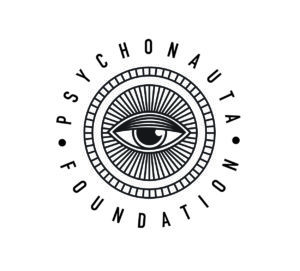I am assuming that image of shackled madman shocks you exactly as blooded animal carcass being chopped in the street, much more common image in developing world, and yes, they have something in common – refusal – or inability to hide something behind close doors and maintain pretenses in denial.
The madman is less scary when you don’t see him, less of a guilt trip and reminder of the dangerous potential, just like death is less scary when done in professional institution, where they pack it and label nicely.
But is he more happy? Is he any closer to solution, saturated with his meds, probably shackled too, just not with such antique chains, and not in the awful dirt of his neighbourhood street, outside family yard, rather staring at sterile wall of proper and science sanctified shelter for those who do not fit into our health and order loving society.
Who is the barbarian, I asked myself years ago in this Ethiopian village, them, coexisting with madness, just like they coexist with bacterias, dogs and death.
Or us, in the ubiquitous separation.
Years later, in plant medicine practice, I see this as its gift, when we bring dark, troubling, mad, to the surface, to understand, to see clearly, eventually, to accept, embrace and make friends. You can’t do it with something you keep banished far way, out of sight.

